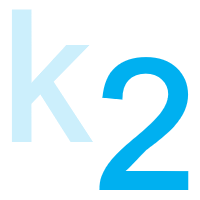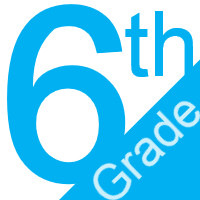6th Grade English
 Standards Glossaries
Standards Glossaries
| K Grade English | 1st Grade English | 2nd Grade English |
 Standards Glossaries
Standards Glossaries
| 3rd Grade English | 4th Grade English | 5th Grade English |
 Standards Glossaries
Standards Glossaries
| 6th Grade English | 7th Grade English | 8th Grade English |
 Standards Glossaries
Standards Glossaries
| 9th Grade English | 10th Grade English | 11th Grade English | 12th Grade English |
 Standards Glossaries
Standards Glossaries
| HS Journalism | HS Speech |
| (W) Writing |
ELA-06.W.01
Student Learning Targets for 6th Grade English:Knowledge Targets
Reasoning Targets
Skills (Performance) Targets
Product Targets
Proficiency Scale
ResourcesWebsites www.internet4classrooms.com (29) Vocabulary claim reasons credible sources relevant evidence counterclaim introduction conclusion | ||||||||||||||||||||||||||||||||||||||||
ELA-06.W.02
Student Learning Targets for Grade 6 English:Knowledge Targets
Reasoning Targets
Skills (Performance) Targets
Product Targets
Proficiency Scale
ResourcesWebsites www.internet4classrooms (5, 6, 14) www.noodletools.com Vocabulary informative explanatory introduction conclusion develop topic relevant facts concrete details examples quotations definition classification comparison/contrast cause/effect graphics headings | ||||||||||||||||||||||||||||||||||||||||
ELA-06.W.03
Student Learning Targets for Grade 6 English:Knowledge Targets
Reasoning Targets
Skills (Performance) Targets
Product Targets
Proficiency Scale
ResourcesWebsites www.internet4classrooms (24) Vocabulary introduction conclusion characters narrator dialogue pacing description events transitions event sequence | ||||||||||||||||||||||||||||||||||||||||
ELA-06.W.04
Student Learning Targets for Grade 6 Reading:Knowledge Targets
Reasoning Targets
Skills (Performance) Targets
Product Targets
Proficiency Scale for Grade 6 Reading
ResourcesWebsites Vocabulary | ||||||||||||||||||||||||||||||||||||||||
ELA-06.W.05
Student Learning Targets:Knowledge Targets
Reasoning Targets
Skills (Performance) Targets
Product Targets
Proficiency Scale
ResourcesWebsites Vocabulary | ||||||||||||||||||||||||||||||||||||||||||||
ELA-06.W.06
Student Learning Targets:Knowledge Targets
Reasoning Targets
Skills (Performance) Targets
Product Targets
Proficiency Scale
ResourcesWebsites Vocabulary | ||||||||||||||||||||||||||||||||||||||||||||
ELA-06.W.07
Student Learning Targets:Knowledge Targets
Reasoning Targets
Skills (Performance) Targets
Product Targets
Proficiency Scale
ResourcesWebsiteswww.internet4classrooms (36) www.noodletools.com Vocabularyresearch support answer a question sources focused inquiry relevant sources (multiple print and digital) credibility paraphrase the data bibliography
| ||||||||||||||||||||||||||||||||||||||||||||
ELA-06.W.08
Student Learning Targets:Knowledge Targets
Reasoning Targets
Skills (Performance) Targets
Product Targets
Proficiency Scale
ResourcesWebsites Vocabulary | ||||||||||||||||||||||||||||||||||||||||||||
ELA-06.W.09
Student Learning Targets:Knowledge Targets
Reasoning Targets
Skills (Performance) Targets
Product Targets
Proficiency Scale
ResourcesWebsites Vocabulary | ||||||||||||||||||||||||||||||||||||||||||||
ELA-06.W.09a
Student Learning Targets:Knowledge Targets
Reasoning Targets
Skills (Performance) Targets
Product Targets
Proficiency Scale
ResourcesWebsites Vocabulary | ||||||||||||||||||||||||||||||||||||||||||||
ELA-06.W.09b
Student Learning Targets:Knowledge Targets
Reasoning Targets
Skills (Performance) Targets
Product Targets
Proficiency Scale
ResourcesWebsites Vocabulary | ||||||||||||||||||||||||||||||||||||||||||||
ELA-06.W.10
Student Learning Targets:Knowledge Targets
Reasoning Targets
Skills (Performance) Targets
Product Targets
Proficiency Scale
ResourcesWebsites Vocabulary | ||||||||||||||||||||||||||||||||||||||||||||



 Strand (W)
Strand (W)